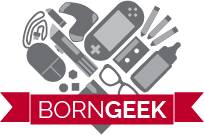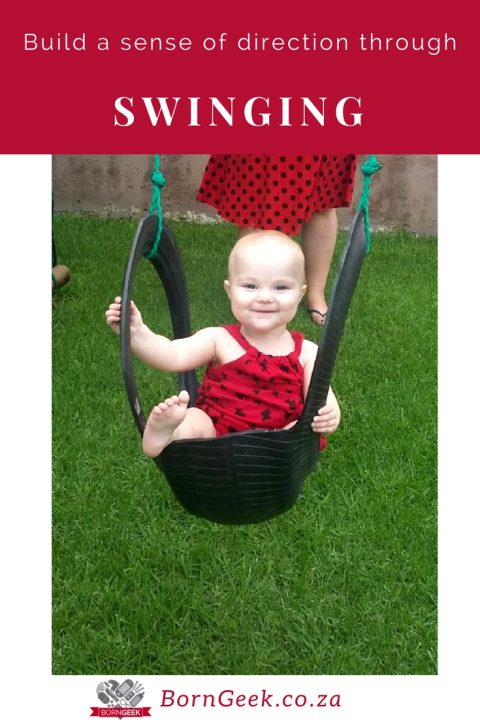I don’t like to brag, but there is a cool trait that I have that I am so happy to have. I have a great sense of direction. Plonk me in unfamiliar territory, give me a map or just a vague sense of where I am and where I need to go, and I can figure it out. My internal compass is pretty damn strong, and I do well with remembering streets, landmarks and a general sense of where I exist in space. It has made travel much more enjoyable, as well as made moving cities way less daunting. After driving somewhere once or twice, I can find my way there and back again without too much hassle. It’s sort of like in those Ubisoft open-world games – I sync my map internally and then I can access that info whenever I need it, even years later.
For a long time, I figured this was just an innate trait. I mean, sure, my father taught me about reading maps, and we had cool map drawing classes in my Waldorf elementary school, but in actual fact,I was drawing maps even before then. When my brother would play games, I would be the one drawing maps of dungeons, telling him where we needed to go. He was the one doing the controls, but I was always the navigator. However, after doing some digging, it seems that there was something else I did that helped give me a sense of direction, and it really isn’t hard to pass this awesome ability on to your little one… and maybe even improve your sense of direction, too.
Okay, brace yourself for a bit of techno-speak. Or just skip this explanatory section if you prefer. The entorhinal cortex in your brain is responsible for two main aspects of sense of direction – it holds your “grid cells” which are thought to tell you where you are relative to where you started, as well as your “head-direction cells” which are able to help with the idea of heading towards the mountain or the water, that vague sense of needing to move in a general direction. There is still a lot of research being done into how this actually works, but this is the part of the brain that pretty much governs that instinct of needing to turn left at an unknown intersection, or remembering how to find your way back to your hotel after going out in a new city.
However, much like any part of our brains, it doesn’t work on its own. Research now points to the importance of the vestibular system in controlling and informing the entorhinal cortex. You might find the vestibular system a bit more familiar – this is the stuff in your inner ear that helps with balance and spatial orientation. Knowing how lightly you need to step, how hard you need to push an object, or being able to perceive that you are moving up in an elevator even though your body is standing still? That is all controlled by your vestibular system. And we know quite a bit about the vestibular system and how to help it develop.
Many occupational therapists will talk about the vestibular system because of how integral it is for daily activities. Crossing the midline is only possible with the vestibular system, and thus those activities can strengthen it. Additionally, simple coordination like looking at a blackboard and copying the text down into notes is only possible with a functional vestibular system. You know what also helps with the vestibular system? Playing on the swings and slides in the playground. That’s right, the movement through space, particularly at varying speeds, helps teach the inner ear where the rest of the body is in space. Even just bouncing your baby on your legs, letting her move up and down and side to side, all help program her inner ear so that her vestibular system can inform where she is and how she is moving.
Even if your little one isn’t old enough to play on playground swings yet, you can swing them in a blanket. We did that at our baby class from when Harley was barely even out of the hospital, and she absolutely adores it. Place the baby in the center of a blanket. Then, you and another person each pick up the two corners closest to you, making a kind of hammock. You can swing side to side, as well as head to toe and up and down in the air. You want to keep their head slightly higher than their feet for blood flow comfort and so that she can look at you.
Other activities can be bouncing on those giant balls with handles, rolling around on your pilates ball, jumping on a trampoline or rocking on a rocking horse. The more your child moves in interesting ways through space, the more she will learn about how her body exists in that space – how much room she takes up, how to keep her balance and how quickly she is going and will need to brace herself for stop. It can be a lot of fun helping the vestibular system to develop, and it seems to help our babies know where they are as they grow into adulthood.
DID YOU LIKE THIS POST?
If you like these words, please check out more of what I say on twitter and Facebook, and pics I take on Instagram and subscribe to my YouTube channel and follow me on Pinterest.
Also, please be sure to sign up to my carefully curated, crafted and infrequent newsletter.






